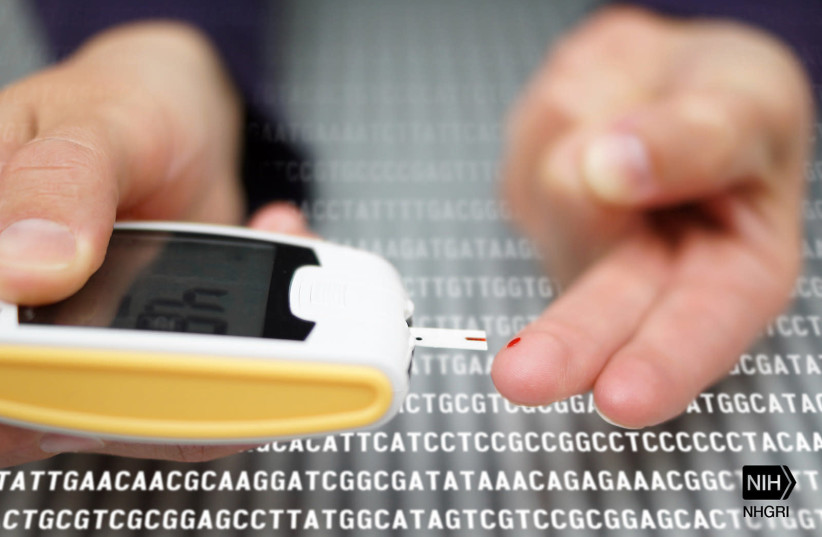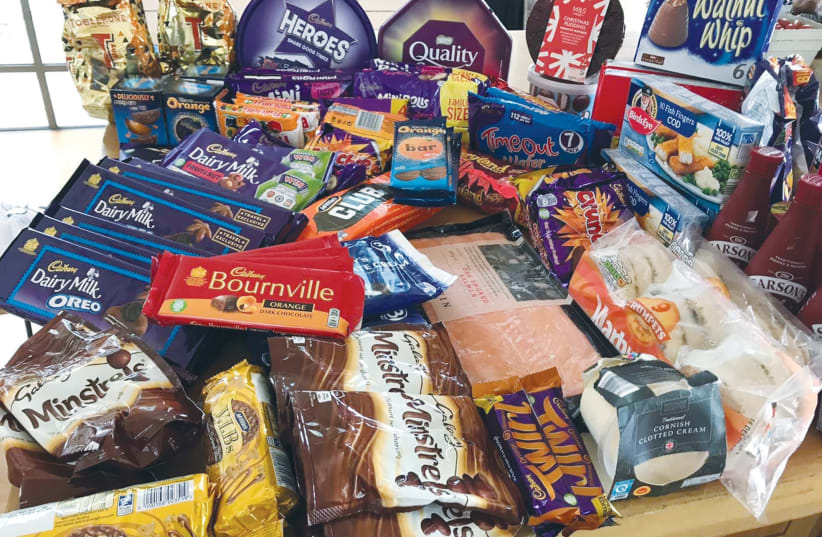Americans eat so much snack food that it counts as an extra daily meal - study
Study finds Americans averaged about 400-500 calories from eating snacks each day – often more than what they had for breakfast – and that these junk foods provided little nutritional value.
Why do so many Americans still take up a seat and a half on the bus or train? The villains are snacks, which constitute almost a quarter of a day’s calories in US adults and account for about one-third of daily added sugar.
Publishing their findings in PLOS Global Public Health under the title “Snacks contribute considerably to total dietary intakes among adults stratified by glycemia in the United States,” the team headed by medical dietetics Prof. Christopher Taylor at Ohio State University’s School of Health and Rehabilitation Sciences analyzed data from surveys from 23,708 adults over 30 years of age who had participated from 2005 to 2016 in the National Health and Nutrition Examination Survey. The survey collects 24-hour dietary recalls from each participant – detailing not just what, but when, all food was consumed.
People unknowingly make 200 food-related decisions every day. There are five or six eating occasions (three main meals + two or three snacks) per day on average, suggesting that many of these food decisions may be related to snacks.
They found that Americans averaged about 400 to 500 calories from eating snacks each day – often more than what they consumed at breakfast – and that these sugary or salty junk foods provided little nutritional value.
The severe health risks of eating too much snack food
Though dietitians are very aware of Americans’ propensity to snack, “the magnitude of the impact isn’t realized until you actually look at it,” they wrote. “Snacks are contributing a meal’s worth of intake to what we eat without it actually being a meal,” Taylor said. “You know what dinner is going to be: a protein, a side dish or two. But if you eat a meal of what you eat for snacks, it becomes a completely different scenario of carbohydrates, sugars, not much protein, not much fruit, not a vegetable – so it’s not a fully well-rounded meal.”

They found that participants who were controlling their type 2 diabetes ate fewer sugary foods and snacked less overall than participants without diabetes and those whose blood sugar levels indicated they were prediabetic.
“Diabetes education looks like it’s working, but we might need to bump education back to people who are at risk for diabetes and even to people with normal blood glucose levels to start improving dietary behaviors before people develop chronic disease,” Taylor added.
Respondents were categorized according to their HbA1c level – a measure of glucose control, into four groups: nondiabetes, prediabetes, controlled diabetes and poorly controlled diabetes. Among the whole survey sample, snacks accounted for between 19.5% and 22.4% of total energy intake, while contributing very little nutrients.
In descending order of proportion, snacks consisted of convenience foods high in carbohydrates and fats, sweets, alcoholic beverages, non-alcoholic drinks that include sugar-sweetened beverages, protein, milk and dairy, fruits, grains and – lagging far behind – vegetables.
While capturing 24 hours of food consumption doesn’t necessary reflect how people usually eat, “it does give us a really good snapshot of a large number of people,” Taylor explained. “And that can help us understand what’s going on, where nutritional gaps might be and the education we can provide.”
“We need to go from less added sugar to more healthful snacking patterns,” he said. “Removing added sugars won’t automatically make the vitamin C, vitamin D, phosphorus, and iron better, and if we take out refined grains, we lose nutrients that come with fortification.
“When you take something out, you have to put something back in, and the substitution becomes just as important as the removal.
“We think about what we’re going to pack for lunch and cook for dinner. But we don’t plan that way for our snacks – so then you’re at the mercy of what’s available in your environment.”


No comments:
Post a Comment
Stick to the subject, NO religion, or Party politics